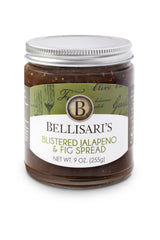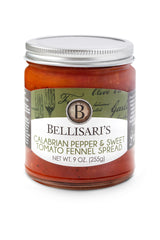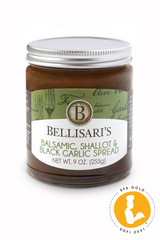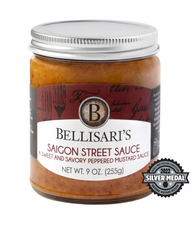Like so many of my friends and family, I tend to view eating red meat as a treat, only to be consumed in moderation on special occasions. So when I do choose to indulge, I try to buy the best piece of beef that I can afford. If I’m cooking it at home, I want to be sure that my steak is cooked to perfection -- just the way I like it. No pressure though, right? Wrong! I used to fret the entire time I had a good piece of beef cooking, but with a little practice (okay, maybe a lot of practice!) and a little patience, I learned to cook the perfect steak every time.
These are the 3 key elements that go into cooking a perfect steak:
1. Meat Quality -- Look for steak with a fine texture and that feels firm to the touch. You want the color to be a light cherry red color (not deep red). Also look for steaks that have marbling. Marbling is the white fat that you see in all cuts of beef. These thin threads of fat running through the meat are what make it prime and give it a wonderful flavor. A substantial amount of evenly distributed marbling is a good thing. While marbling does not significantly increase the calorie count of beef, it greatly enhances flavor and tenderness. Look for small, evenly distributed specks of fat rather than larger and sparser ones. Size or thickness matters when purchasing steaks. The best steaks are 1-inch to 1 1/2-inches thick. The thickness of the steak is more important than the weight.
2. Cooking Method -- What’s the best way to cook steak? Considering that there are many different techniques to try out there, it’s no wonder that everyone has a favorite. For our purposes here in the blog, I’ll stick to the most common methods that a North American home cook would use.- Grilling -- Using dry heat from a grill is a great way to cook quality steaks. Remove steaks from refrigeration 1 hour before cooking and wipe any excess marinade (if used) off the steaks. When you are ready to cook, preheat your grill, and coat the grate with non-stick kitchen spray before you begin to keep your steaks from sticking. Place steaks on the hot grill. Only flip the steak once. Let it cook on one side, then let it finish on the other side.
- The Restaurant Method -- A super-simple way to get a perfectly cooked steak, indoors, year round. Sear the outside of the steak in a pan. (Once both sides of the steak have been seared, use a long pair of tongs to hold the steak and sear the edges too.) Roast the steak in the oven to evenly cook the inside.
- Pan-Searing -- In a heavy frying pan (I use my cast-iron skillet) over medium-high heat, heat 2 tablespoons of butter or olive oil or a combination of both. Sear the steaks, moving them with tongs a little so they don't stick to the bottom, approximately 5 to 6 minutes per side. Using this Pan-Searing technique, proceed to cook your steak to your desired internal temperature. Use a meat thermometer to test for doneness. A digital meat thermometer is an easy way to do it precisely. Insert it through the edge of the steak, into the center, and make sure it doesn’t touch the fat or the pan itself. Each level of “doneness” corresponds to an approximate internal temperature of the cooked steak. For example, a medium-rare steak should have an internal temperature of about 130 °F. When the steaks are crusty-charred and done to your liking, remove from the cast-iron pan, cover loosely with aluminum foil, and let rest 5 to 10 minutes before serving.
I’ll save steak recipes and seasonings for another blog, but I will tell you my favorite thing to add to a delicious, perfectly-cooked steak -- a big smear of Bellisari’s Blue Cheese, Honey & Shallot Spread







